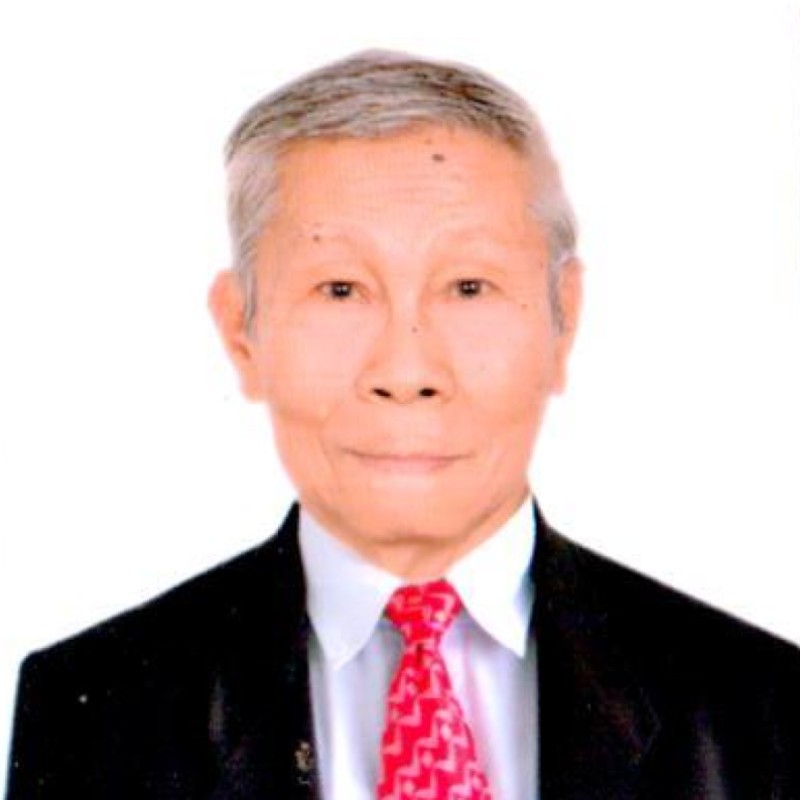GLIMPSES & GAZES
By Severino C. Samonte
Why it's inadvisable for writers to deal with fake news
Share
Much of the topics I often write about in this column, as can be gleaned from the title itself, is culled from personal experiences and observations, or what I have read and appreciated as very significant and inspiring in one's life.
I normally begin with a glance at a certain event and proceed by providing backgrounders and other details for more complete information as much as possible.
This time, I am sharing with the readers a news story that showed why young news writers or reporters must always avoid: that of dealing with fake or manufactured information.
I am citing here a news story that put a budding cub reporter of a national newspaper in an embarrassing situation sometime in 1958, long before the proliferation of fake or falsified news in social media and sometimes even in newspaper pages and radio-television broadcasts nowadays.
The story was narrated by Dr. Jaime B. Ramirez, a former mass communication faculty member of the University of the Philippines in Cebu City, book author, and also a Bachelor of Laws degree holder, in his book "Philippine Journalism Handbook" (Third Edition) published in 1989 by the National Book Store, Inc.
In Chapter 7 of the book titled "News Writing," Ramirez emphasized the importance of exercising extreme care and caution in writing a story based on speeches of well-known personalities.
"In writing a news story about the speech of a particular speaker, the budding reporter must see to it that he prints the speaker's quotation word for word, or by paraphrasing the speaker, and he must not deviate from the theme of the speech," he said.
"In other words, do not put words, especially those that might hurt other people's feelings, in the speaker's mouth. To give the reader a classic example of writing a news story about a speech, let us quote herein an embarrassing experience of a reporter," he added.
The young reporter, whose name was not mentioned in the book, was assigned by his editor together with a photographer to cover the Grand Rosary Rally at the old Luneta (now Rizal Park) in Manila in 1958.
The rally was scheduled at 5 p.m., with Fr. Patrick Peyton, the Rosary Priest from Ireland who had flown from the United States, as guest speaker for the occasion.
The reporter and the photographer left the office at 4 p.m. On the way, rains fell before they reached the Ideal Theater at the corner of Rizal Avenue and Carriedo Street in Sta. Cruz. As they still had an hour before the start of the rally, they decided to enter the moviehouse and wait there for the rains to stop.
When they went out at past 5 p.m., the rains had stopped. They took their ride to the Luneta together with hundreds of other people on the way to the same rally.
About half a kilometer away from the Luneta, rains fell again. The reporter told the photographer to proceed to the rally site and take photos. He said that because the rally was already ongoing, he would just listen to the speech of Father Peyton from a sound system that was installed in the area for that rare occasion.
The reporter listened to the speaker and began jotting notes. He noted that it was Manila Archbishop Rufino Cardinal Santos who was speaking at the time. He did the same when Father Peyton spoke.
At about 6:30 p.m., he returned to the office and typed his story which he submitted to his editor. It was the main story of the newspaper the following morning with accompanying photos.
The reporter was very happy. While he was about to have his breakfast, his editor called up by telephone and told him: "Come to the office, please make it fast. Mr. Roces wants to see you."
Upon reaching the office without having breakfast, the reporter saw the newspaper publisher and Father Peyton waiting.
With a much-restrained voice, the priest asked, and the following conversation followed:
"My son, what did you do?"
"I wrote the story, Father."
"But look, I never said a word in your story. You even quoted me, but I did not say that."
"Well, I do not know, Sir. That is what I heard."
"Tell me, my son, were you really at the Luneta?"
"Yes, Father."
"I will prove to you that you were not at the Luneta."
"Go ahead, Father."
The priest brought out a tape recorder and they listened carefully to his speech, word for word. It was true that not a word was said by him as the reporter did write in the story.
It turned out that because the reporter was not indeed at the site and just relied on listening to the speaker, he wrote a story totally different from what the guest speaker, Father Peyton, actually said.
While writing the story, the reporter got confused and attributed to the visiting priest the statements of Cardinal Santos.
The reporter had no choice but to confess and apologize to Father Peyton, the newspaper publisher and the editor.
Editor’s note: The opinions expressed in the foregoing article are solely the author’s and do not reflect the opinions and beliefs of the Philippine News Agency (PNA) or any other office under the Presidential Communications Office.
Comments
About the Columnist

He began his journalistic career by contributing to the Liwayway and Bulaklak magazines in the 1960’s. He was the night editor of the Philippine News Service when Martial Law was declared in September 1972. When the Philippine News Agency was organized in March 1973, he was named national news editor because of his news wire service experience.
He retired as executive news editor in 2003. He also served as executive editor of the Malacanang-based Presidential News Desk from 1993 to 1996 and from 2005 to 2008.
